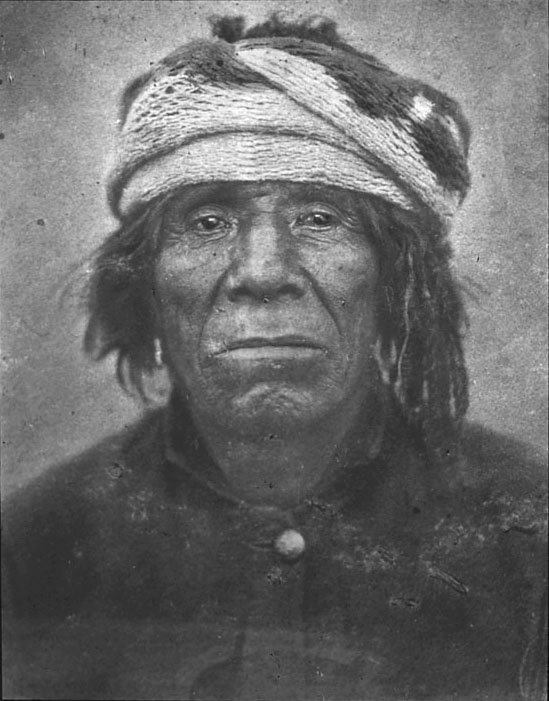Xalychidom Piipaash (Maricopa)
 Maricopa is the common name applied to us, but it is not something we called ourselves prior to European arrival. In our own language, we refer to ourselves as Piipaash, which means ‘The People’. We are part of a larger Yuman culture that extends across Arizona, Southern California and Baja California.
Maricopa is the common name applied to us, but it is not something we called ourselves prior to European arrival. In our own language, we refer to ourselves as Piipaash, which means ‘The People’. We are part of a larger Yuman culture that extends across Arizona, Southern California and Baja California.
Today, there are two distinct groups of Piipaash. The largest group lives in the west end of the Gila River Indian Community. Those of us who live in the Lehi District of the Salt River Pima-Maricopa Indian Community are distinctly known as Xalychidom Piipaash, which means ‘Upriver People’.
Prior to the early 1800s, the Piipaash existed as several distinct bands residing along the Colorado and Gila Rivers.
- Piipaa Nyaa
- Kavelchidom Piipaash
- Xalychidom Piipaash
- Xalykawaam
- Kaxwaan
The first two groups listed above resided along the Gila River from below Gila Bend eastward to the confluence of the Salt and Gila Rivers. They were historically recorded as Opa and Cocomaricopa, respectively. The latter three resided in different places along the Colorado River and their correct aboriginal names were recorded several times in Spanish documents.
In the early 1800s, the latter three groups joined their relatives who lived on the Gila River. The migration of these three groups has been haphazardly applied to all Piipaash in mainstream history, resulting in the misconception that all Piipaash lived on the Colorado River and collectively moved next to the O’odham in the early 1800s. As these different bands came together, they intermarried and in time, the names of the different groups were largely forgotten. They collectively called themselves Piipaash.
The Xalychidom Piipaash, however, had a slightly different history than the other groups. The Xalychidom, after leaving their former homeland of Mat Kxwely (near present day Parker, Arizona), settled for a time in northern Sonora Mexico. This was around 1825-1830. By 1830, they joined their relatives on the Gila River, but maintained a separate village under separate leadership. In the 1870s, the Xalychidom, who were then residing along the Salt River south of Phoenix, were led upriver by our leader, Malay, to our current location of modern-day Lehi. Because we continuously maintained a village separate from the other Piipaash groups and because our ‘upriver’ designation still applies, we are still known by our original Xalychidom Piipaash name.
Like other indigenous peoples, our Piipaash ’ayuu uudoysh (way of doing things) is dependent upon and reflective of the environment in which we live. When the rivers ran freely, there was an abundance of water that allowed us to grow plentiful crops and supported a riparian ecosystem that included forests of cottonwood, willow and mesquite. The plant and animal life was bountiful. The desert areas and mountains also yielded a diverse variety of plant and animal life. We relied on this environment for food and its raw materials for shelter, clothing, tools and medicine.
Today, our environment has changed dramatically and the rivers no longer flow. The Phoenix metropolitan area has developed around the Salt River Pima-Maricopa Indian Community and we are fully immersed in the contemporary culture of the majority population. Maintaining our traditional ways is still important, though…perhaps more so than ever.

